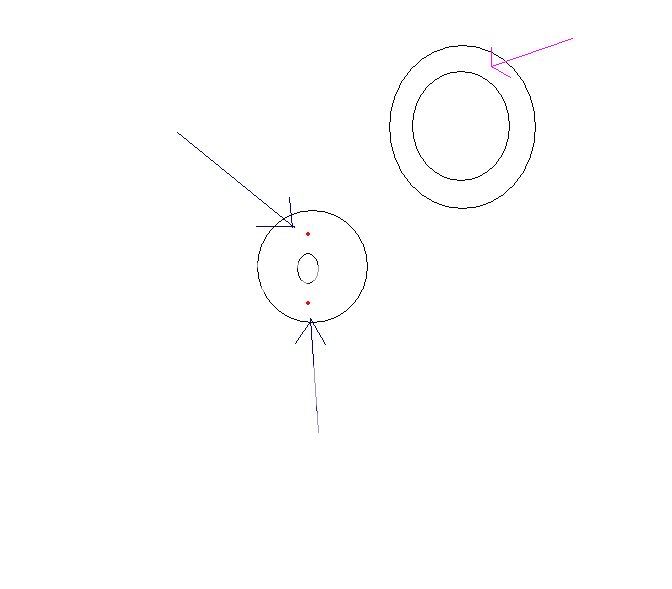I too have had no problems with mine since I serviced it 3 years ago and installed a new thermostat that had no holes and no bleeders in the thermostat at all. :scared: I just verified the no holes and bleeders today. Mine is a closed renix OEM set up.
So if the dual hole bleeder thermostat is bleeding air from the thermostat housing into the upper radiator hose, how prey tell

worship::laugh3

is the air getting from the top of the radiator to the bottom of the radiator and back to the plastic air bottle expansion tank? I suspect, from what I noticed under the hood today, that most of the air in coolant problems experienced by others with the Renix closed set up, had their two heater hoses at the engine, near the upper radiator connection, swapped, and that they were drawing air directly into the water pump from the coolant expansion bottle top fitting, instead of drawing liquid from the bottom plastic bottle fitting.
The only thing special I ever did to fill my system was to slowly fill it using an elevated upper radiator hose as the fill point until coolant, and not air came out of the thermostat housing hose conection. Then I topped it off at the plastic coolant bottle.
My point is there are dozens and dozens of posts here where people have added holes to the thermostat, burbed it here and there and then finally blamed the closed system as worthless and replumbed the system as an open system when there real problem was probably crossed over heater hoses at the front of the engine.
I nearly hooked my new heater hoses up backwards today, before I looked for a reason to attach the hose in a specific place, and then it snapped and dawned on me! One is a return to the pump inlet (Passenger side) while the other (drivers side) is a bypass of the thermostat to BLEED AIR to the plastic bottle and supply hot water to the heater core during warm up. Also if they are connected backwards solids plug the top of the heater core, and coolant flow is next to nill as the flow is easier through the plastic bottle if the hoses are backwards.


